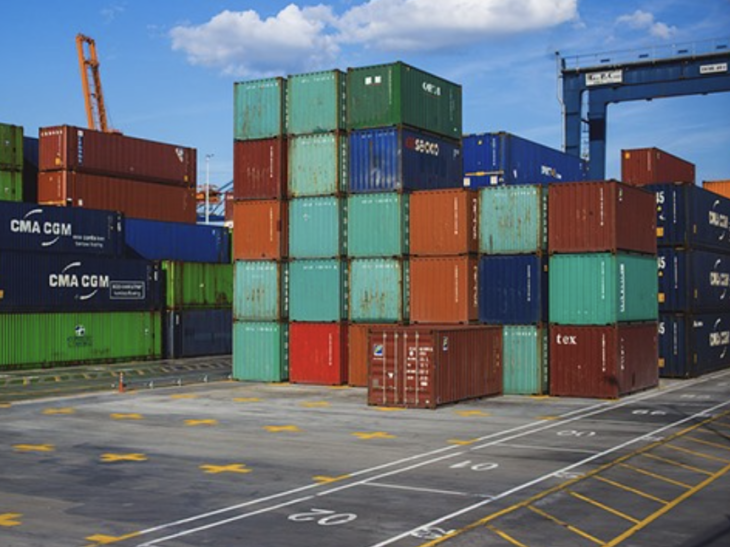Turkey posts significant current account surplus in August
 tr-economy
tr-economy
Turkey’s current account recorded a large surplus in August, while the 12-month rolling deficit plunged to its lowest since the end of 2021. We think the external outlook will likely remain benign in the near term
Turkey's current account balance in August recorded a US$4.3bn surplus, broadly in line with expectations and significantly better than the level seen in the same month of 2023. The 12-month rolling deficit – which has maintained a narrowing trend to US$11.3bn (translating into around 0.9% of GDP) from US$15.1bn a month ago – marked the lowest reading since the end of 2021. It should also be noted that revisions in services incomes have also contributed to better current account turnout. The deficit dropped by US$2.0bn for the first seven months, while the revision pulled the 2023 deficit to US$40.5bn from US$45bn.
Current account (12M rolling, US$bn)
Source: TurkStat, CBT, ING
In the breakdown and compared with the same month of last year, we see a) a lower gold deficit at US$0.3bn vs US$2.4bn last year, while the 12M rolling figure has maintained improvements to the lowest level seen since the last quarter of 2022 with a deficit of US$9bn, b) a slight increase in the (net) energy bill to US$3.9bn, c) a turn in the core trade balance to US$1.8bn surplus vs US$0.4bn deficit a year ago, d) slightly higher services incomes (including tourism revenues) at US$8.7bn, and e) a deterioration in primary incomes.
Breakdown of current account (monthly, US$bn)
Source: CBT, ING
Turkey's capital account posted outflows for the first time since January at US$3.2bn, while unidentified outflows stood at US$3.7bn. Despite the strong monthly c/a surplus, official reserves posted a US$2.5bn drop in August.
In the breakdown of monthly data, residents’ movements including outward FDI, financial assets held abroad etc., posted US$2.1bn outflows. On the other hand, non-residents lost appetite and turned negative at US$1.1 bn following positive monthly flows recorded after the local elections. Rollover rates stood at 187% for corporates and 129% for banking (vs 105% and 145% respectively on a 12M rolling basis), though they were net payers in short-term debt.
Breakdown of financing (monthly, US$bn)
Source: CBT, ING
In the first eight months of 2024, non-resident inflows improved in comparison to the same period in 2023 at US$43.4bn from US$38.8bn, while increasing asset acquisitions of locals abroad led the decline in net identified flows (to US$18bn from US$26.1bn last year). Additionally, outflows via net errors and omissions jumped to US$11.8bn vs US$5.8bn in 2023.
Despite a strong recovery in current account balance from US$-38.9bn to US$-9.7bn, official reserves recorded a US$3.4bn contraction vs US$18.6bn decline last year.





